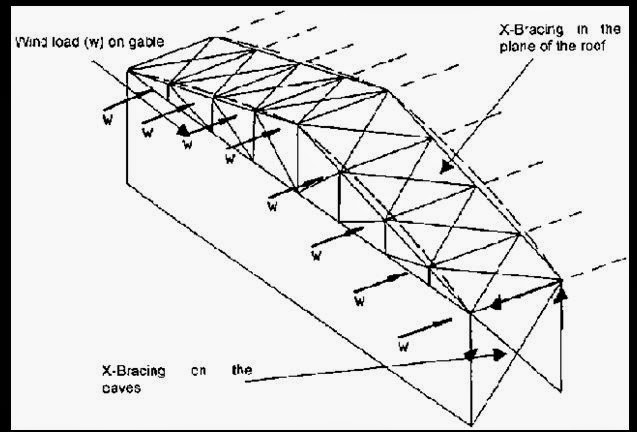Response spectrum
A response spectrum is simply a plot of the peak or steady-state
response (displacement, velocity or acceleration) of a series of oscillators
of varying natural frequency, that are forced into motion by
the same base vibration
or shock. The resulting plot can then be used to
pick off the response of any linear system, given its natural frequency of oscillation. One
such use is in assessing the peak response of buildings to earthquakes.
The science of strong ground motion may use some values from
the ground response spectrum (calculated from recordings of surface ground
motion from seismographs) for correlation with seismic damage.
If the input used in calculating a response spectrum is steady-state periodic, then the steady-state result is recorded. Damping must be present, or else the response will be infinite. For transient input (such as seismic ground motion), the peak response is reported. Some level of damping is generally assumed, but a value will be obtained even with no damping.
Response spectra can also be used in assessing the response of linear systems with multiple modes of oscillation (multi-degree of freedom systems), although they are only accurate for low levels of damping. Modal analysis is performed to identify the modes, and the response in that mode can be picked from the response spectrum. This peak response is then combined to estimate a total response. A typical combination method is the square root of the sum of the squares (SRSS) if the modal frequencies are not close. The result is typically different from that which would be calculated directly from an input, since phase information is lost in the process of generating the response spectrum.
If the input used in calculating a response spectrum is steady-state periodic, then the steady-state result is recorded. Damping must be present, or else the response will be infinite. For transient input (such as seismic ground motion), the peak response is reported. Some level of damping is generally assumed, but a value will be obtained even with no damping.
Response spectra can also be used in assessing the response of linear systems with multiple modes of oscillation (multi-degree of freedom systems), although they are only accurate for low levels of damping. Modal analysis is performed to identify the modes, and the response in that mode can be picked from the response spectrum. This peak response is then combined to estimate a total response. A typical combination method is the square root of the sum of the squares (SRSS) if the modal frequencies are not close. The result is typically different from that which would be calculated directly from an input, since phase information is lost in the process of generating the response spectrum.



Comments
Post a Comment